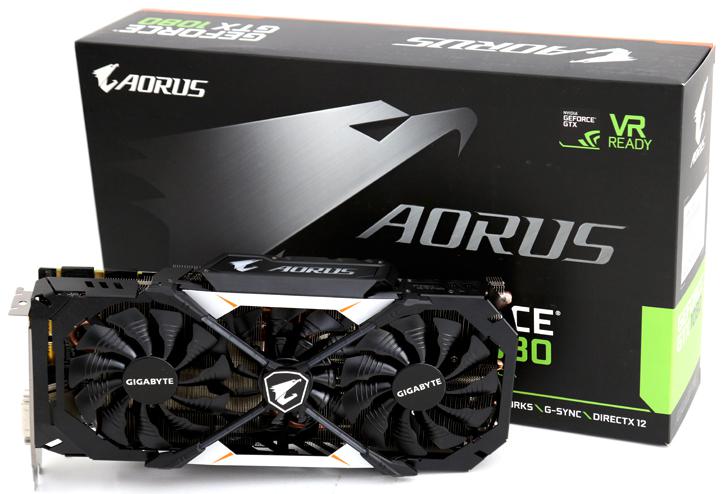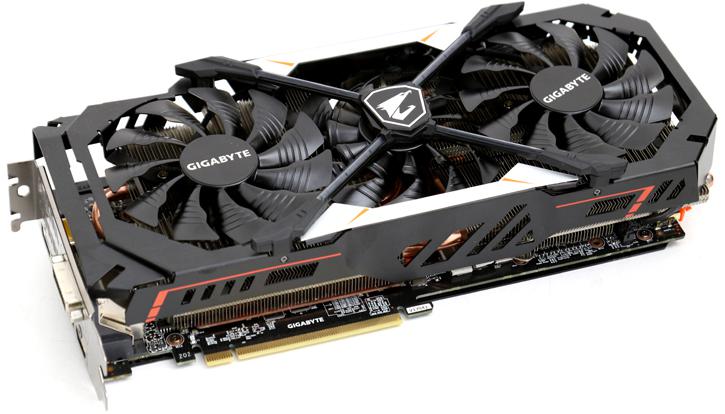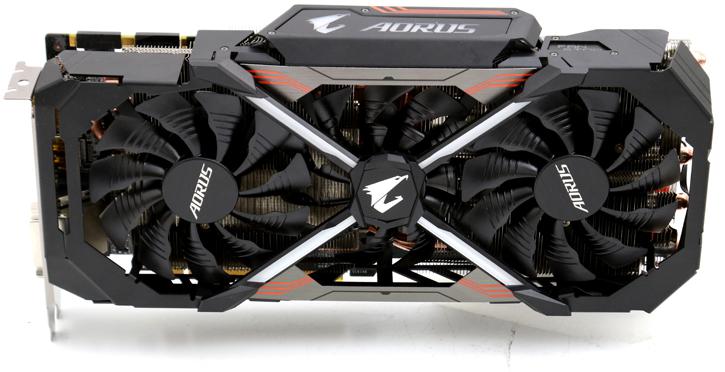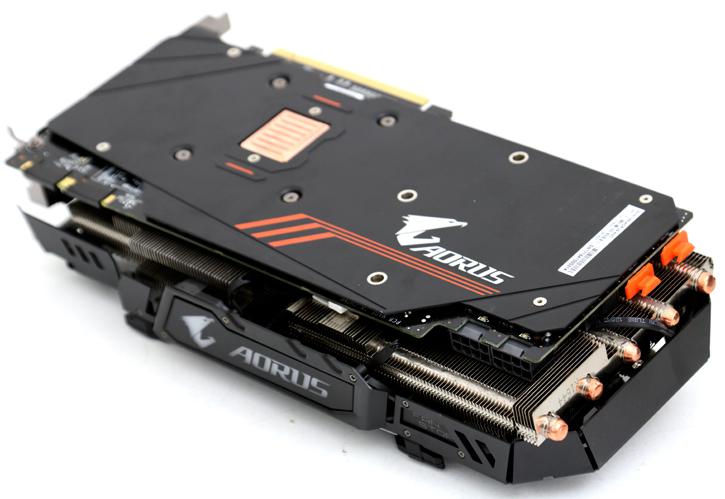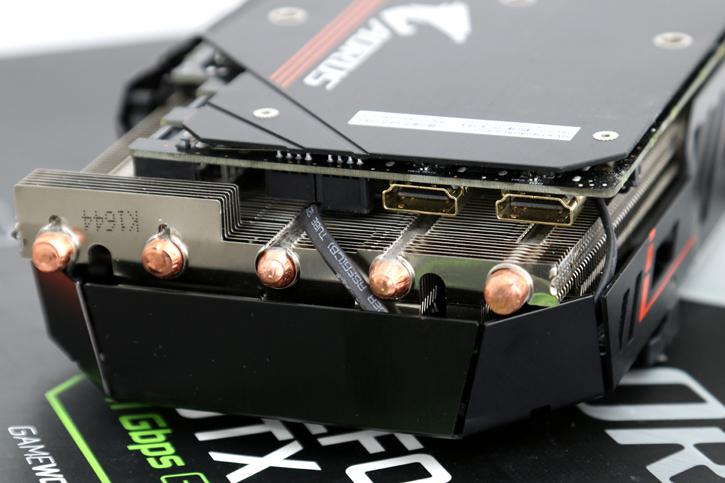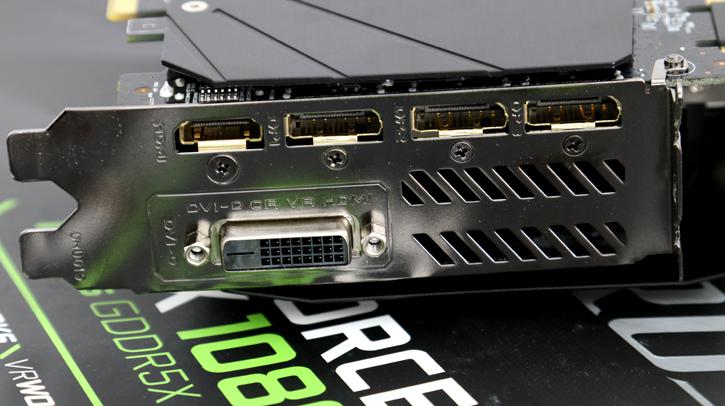Product Showcase
Product Showcase
We'll start off this review with a photo-shoot. A few pages that show the ins and outs with photos, all taken with an in-house photo-shoot of course.
So the Aorus the second best most high-end 1080 SKU that Gigabyte delivers. Gigabyte completely overhauled the 1080, nothing = reference design as they merely use an official Pascal GPU.
Gigabyte Aorus ladies and gents, the new premium brand from Gigabyte that comes with some nice perks like a four year warranty on this product. Targeted at you guys, the PC Gaming DiY community. Gigabyte even overhauled the packaging to give it that premium luxurious feel. A product that comes with one very fast graphics processor harbored in a nice matte black PCB, two power headers (both 8-pin) for a little more overclocking headroom. Obviously it's all RGB as well. Once this card powers up, two things will come to mind: great aesthetics and the sheer silence it offers. Very nice.
As board partners are allowed to release the 1080 model cards in their own configurations you will see many versions, mostly based on customized PCB/component and the obviously mandatory different cooling solutions. The card is one of the faster out of the box clocked products with a boost clock of 1848 MHz. There is an extreme edition available as well with the clocks clocked 50 MHz higher though (easily tweaked by yourself).
- Boost: 1848 MHz / Base: 1709 MHz in Gaming mode
- Memory 1376 MHz = 11.008 MHz / Gbps effective data-rate
The card itself is wide, with a triple-slot heat-pipe based cooling solution. The GPU is cooled by a copper base plate connected to composite heat pipes. In low-load situations fans are not needed thus up-to roughly 60 Degrees C, the fans won't spin, making this product hybrid in the sense that it cools both active and passive. The RGB LEDs embedded in this graphics card can be controlled with Gigabyte software. Check out the backside where there is a thick sturdy metal back-plate present, no ventilation gaps though. We'll talk about that copper slab on the next page.
You have probably noticed the rather unusual location of two extra HDM connectors on the backside of the card. These are there for VR headsets. Since the front-side has 3x DP, 1x HDMI and 1 DVI there was no space left. While great to see extra HDMI ports, it's an unusual spot for them we agree, as the HDMI cabling would need to lead inwards into your chassis. However the Aorus cards have the most display connectors available out of all brands, and such features are nice.
The card has a power design of roughly 180 Watts, but due to the high clocks and extensive tweaking design please expect some more, we'll check into that with our power measurements. The GeForce GTX 1080 is DisplayPort 1.2 certified and DP 1.3/1.4 Ready, enabling support for 4K displays at 120Hz, 5K displays at 60Hz, and 8K displays at 60Hz (using two cables). This model includes three DisplayPort connectors, three HDMI 2.0b connectors, and one dual-link DVI connector. The GTX 1080 display pipeline supports HDR gaming, as well as video encoding and decoding. New to Pascal is HDR Video (4K@60 10/12b HEVC Decode), HDR Record/Stream (4K@60 10b HEVC Encode), and HDR Interface Support (DP 1.4).

